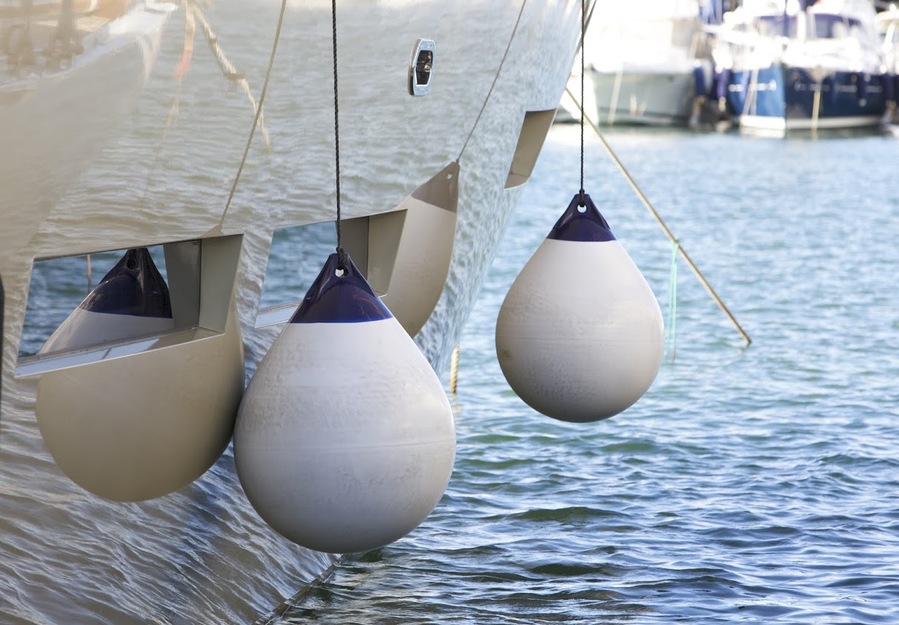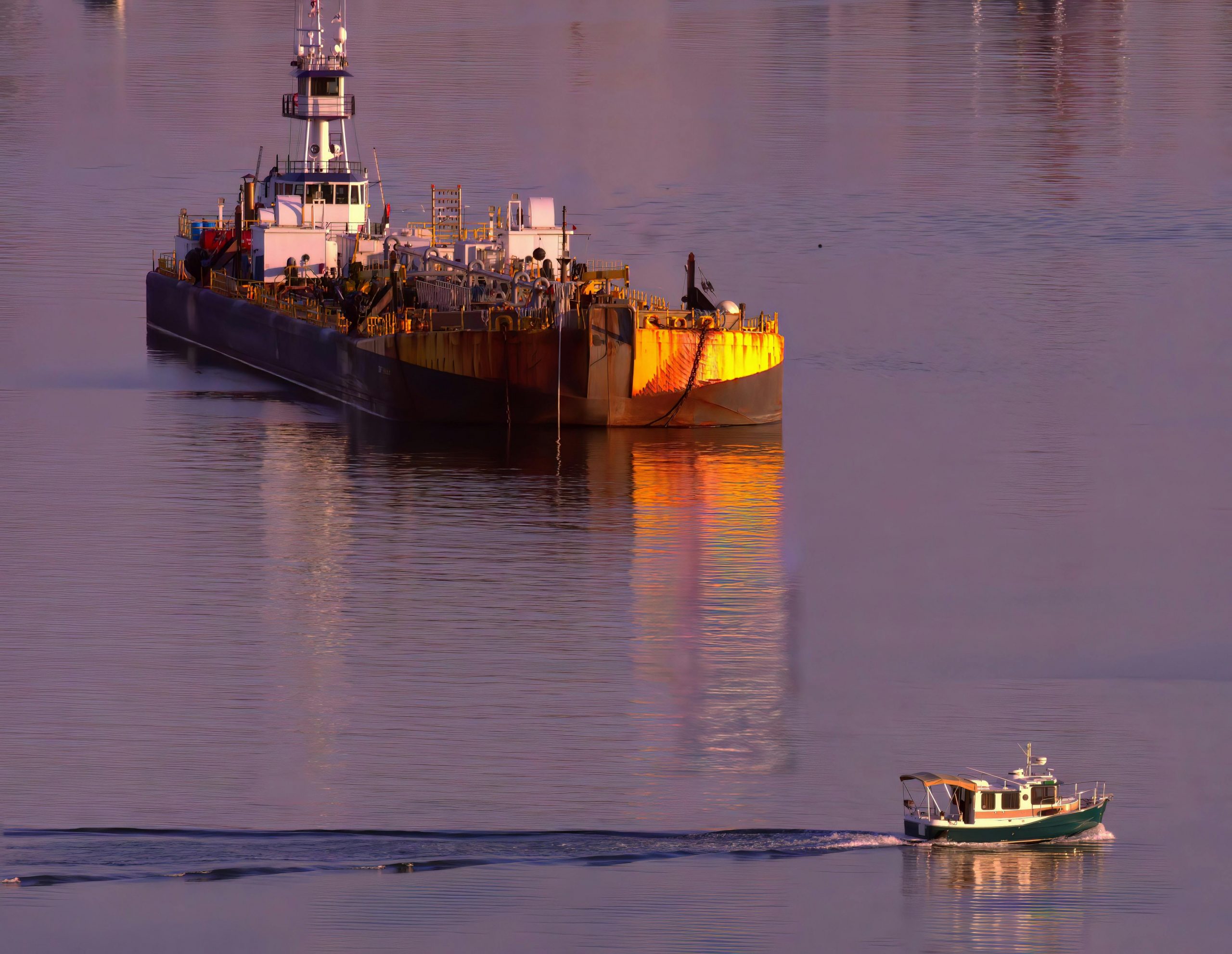Maintaining your outboard engine is vital to prolonging it’s life and ensure you are getting the most from your motor. You don’t have to be a mechanic to keep your engine in tip top condition as there are plenty of simple checks you can undertake to keep it running smoothly.
There are a number of steps you should take following each outing, such as flushing the engine and checking for leaks, as well as some other ongoing requirements such as testing the electrics and cleaning the fuel filter.
Read our guide on all of the essential checks to keep your engine running better and longer:
How to maintain your engine after each outing
- Flush out the engine
- Allow the engine to burn all remaining fuel
- Ensure the engine is turned off
- Check for leaks including fuel and water
- Apply a protective metal spray such as an anti-corrosive
- Check your spark plug for corrosion
- Cover the engine
Once you return from your latest excursion, it’s imperative that you follow a number of steps to ensure that your engine stays in excellent condition. These steps include tactics that will prolong the life of your motor as well as tips to prevent damage it in the short term.
The first step is to flush out the engine. This is very important no matter where you’ve been travelling. Whether it’s been in saltwater or freshwater, it’s key that you flush the water out of your engine. Do this by starting the engine and allowing the water pump to flush the system. Ensure that the pump has a good warm water flow as if it is weak, that could mean that you have a blockage. This can be dangerous as it could cause the engine to overheat. Clear the tube before you continue with the flushing.
Once you have flushed the engine, you can disconnect your fuel line. This helps to avoid a build up of pressure in the fuel line, as this could cause leaks. You can then allow the engine to burn all of the remaining fuel. This is because old fuel can cause blockages in your engine, so the best way to keep your engine working at a good level is to burn the fuel out of the outboard. This is just a recommended step and not a tactic that every boat owner complies with. It is more relevant if you don’t plan to use the boat for some time or if you’re operating a 2 stroke engine. Where two-stroke engines run on a combination of oil and petrol, this can cause gunge that will enter the carburettor and cause you problems next time you turn it on.
Once this is complete, make sure that your engine is switched off completely. Turn off the key and if you have a battery switch, switch this off also.
Next step, now that the engine is empty and stationary, is to check any external damage. You should do this by removing the engine cowling and examining the motor for fuel or water leaks. There should be no liquid moving around in the engine compartment. Wipe down all mechanical components and moving aspects and apply a protective metal spray with anti-corrosive qualities, for example WD40. It’s important to lubricate all the parts that move to prevent rusting and ensure they run smoothly next time you use it. Parts you should focus on are: pivots, throttle cables, shift mechanism and carburetor valves.
You should also check the spark plug to make sure it hasn’t become corroded. We suggest carrying a spare on every trip just in case, especially when running small outboard motors.
Finally, cover your engine in between uses to protect from any external damage.
Ongoing maintenance for your outboard engine:
- Inspect the fuel line for cracks or worn spots
- Ensure fuel primer bulb is not cracked and is still pliable
- Ensure fuel line fittings don’t leak
- Check for rust or corrosion
- Make sure the tank vent aspirates properly
- Ensure there isn’t water in the fuel
- Check the electrics
- Clean the fuel filter
- Only use clean and fresh fuel
Alongside the steps you should take between each trip, there are plenty of other ongoing actions you should complete to ensure your engine is running as efficiently and safely as possible.
First you should inspect the fuel line for cracks and worn spots. This is important to prevent any leakages. You should also check the fuel primer bulb for cracks and ensure that it is still pliable. The primer bulb is the small plastic piece that when pressed pulls fuel from the reservoir into the carburetor. If this has cracks in it, it won’t work as a vacuum to suck the fuel and therefore your engine will not start. You should also ensure that the fuel line fittings are not leaking - this should be a regular check as where it is positioned at the stern of the tender can mean that it is easily squashed, nicked or damaged.
Further fuel checks include examining for rust or corrosion on fuel line clamps and the fuel tanks. Ensure the tank vent is aspirating properly and that the seals on the hose connections are not damaged. Any deterioration to these seals can cause the pump to suck air, which starves the engine of fuel.
In terms of electrics, you must make sure to check exposed terminals for corrosion and examine electric wires for chafing and poor insulation.
Finally, ensure the fuel filter is in good condition and still in tact. If this is broken, dirt will enter into the engine which will cause problems. You must make sure you only use clean and fresh fuel.


